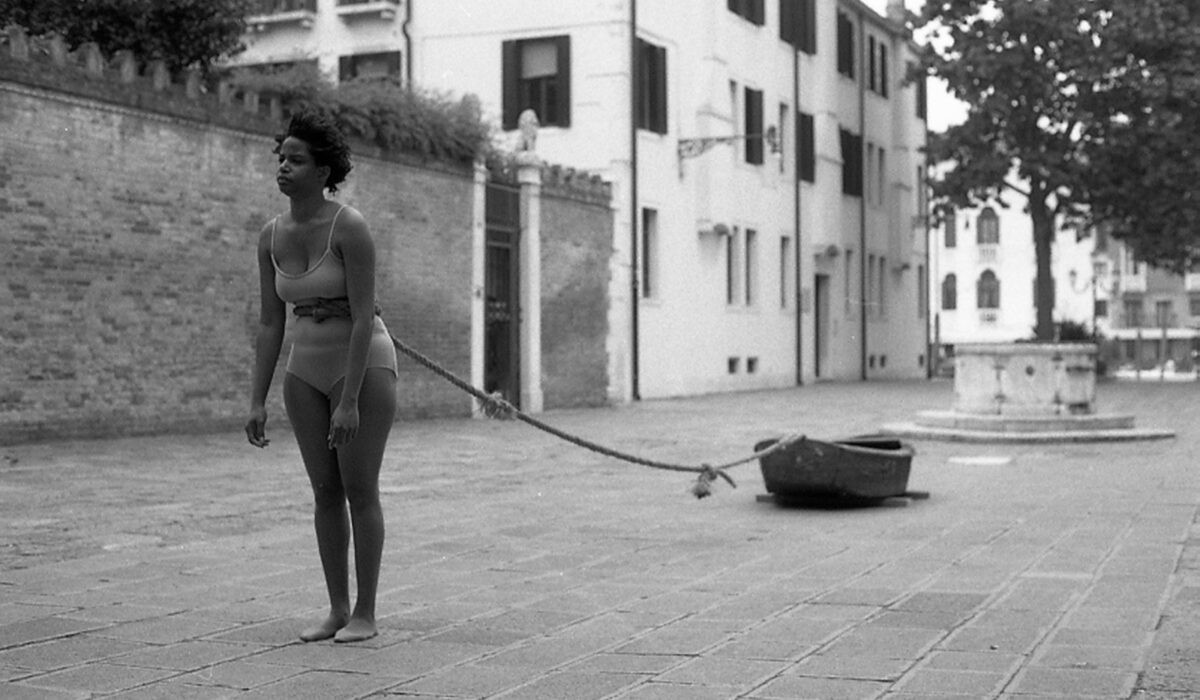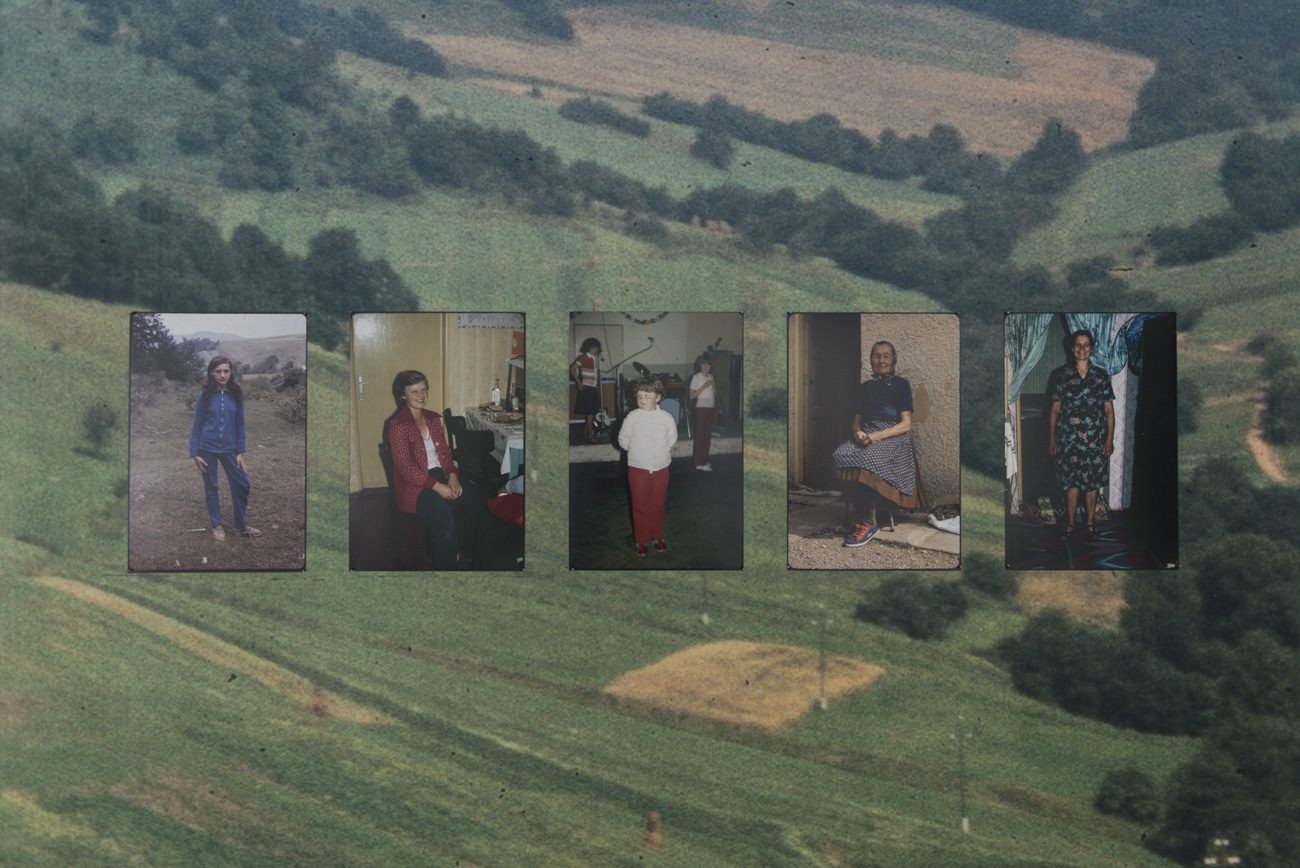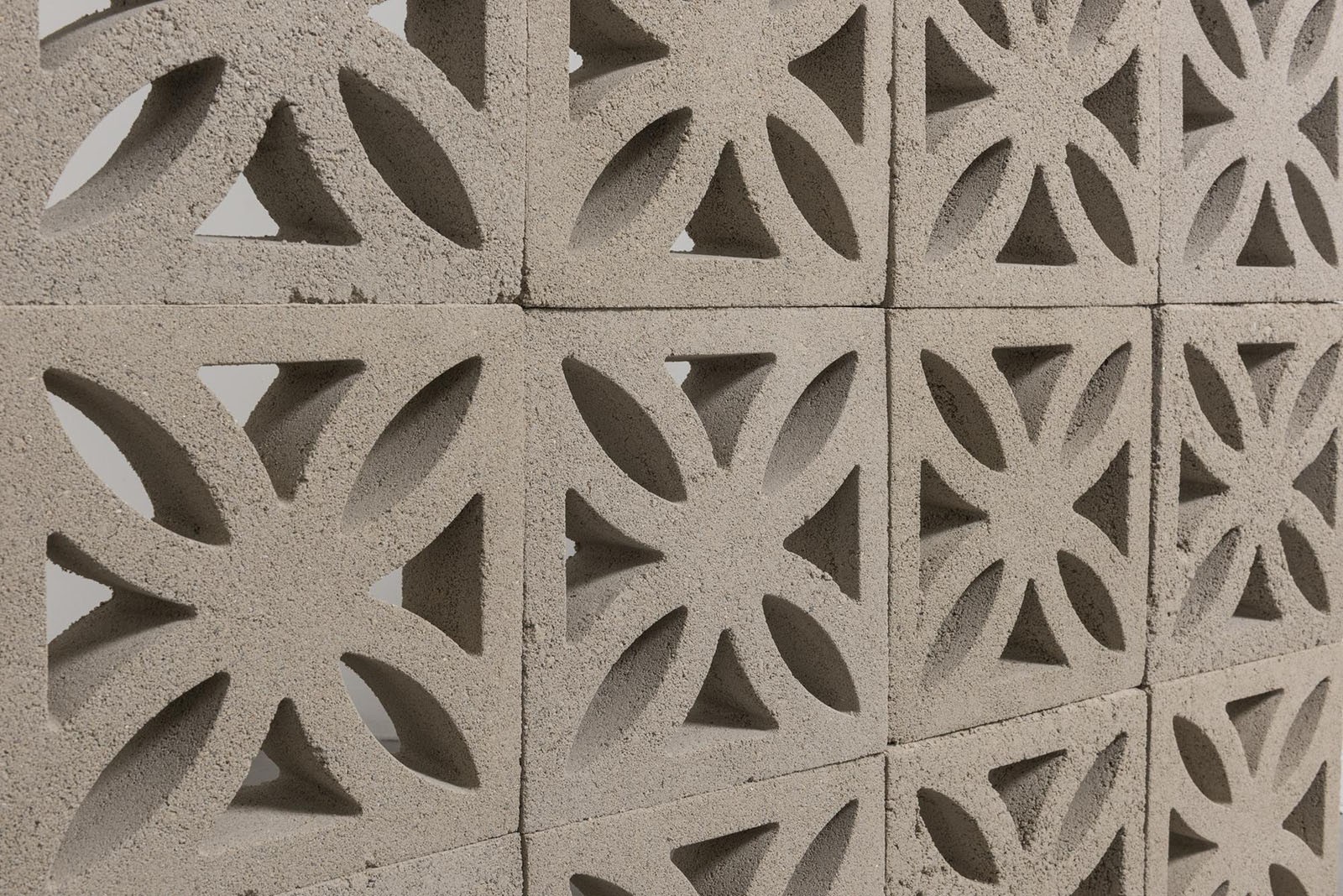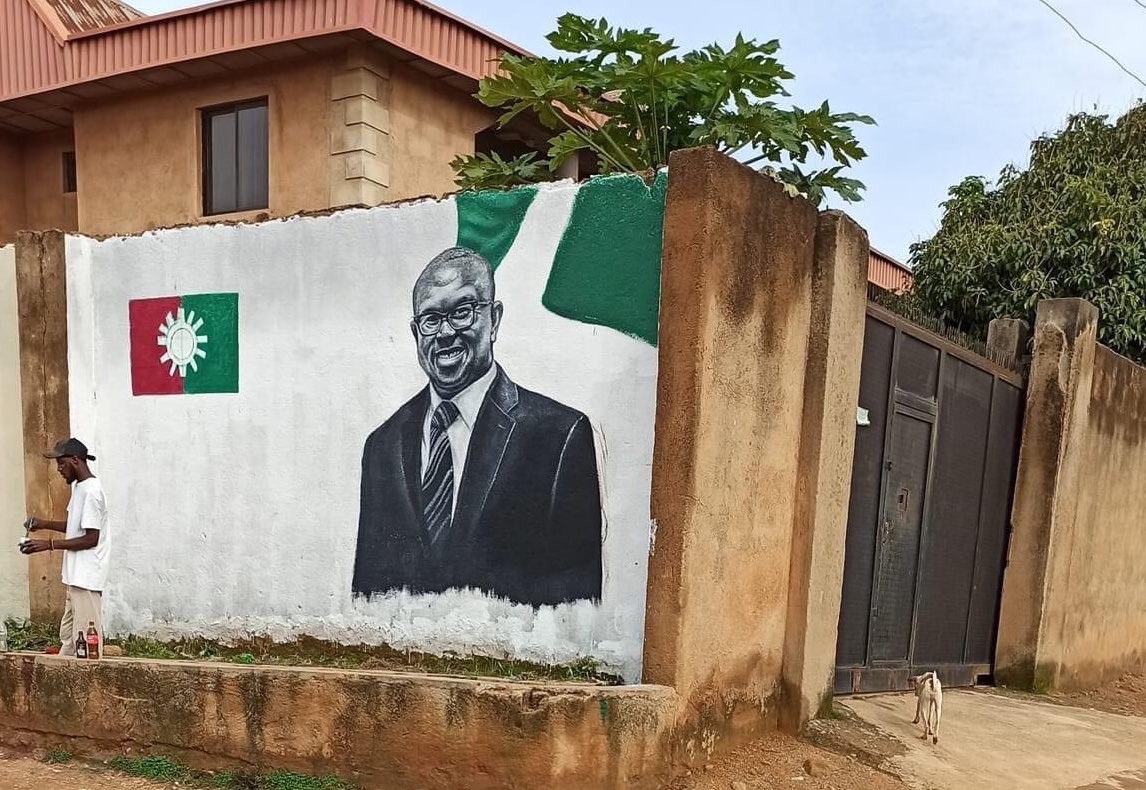Behind Every Map, There is a Person: DWEJE

01 September 2013
Magazine C& Magazine
3 min read
These maps by Philippe Rekacewicz show how the phenomenon of migration relates to the issue of political borders. They are not “finalized” maps, but rather rough drafts whose the provisional character attests to the nature of the border itself: ambivalent and paradoxical (it divides as much as it unites). Borders are difficult to map out: first the …
These maps by Philippe Rekacewicz show how the phenomenon of migration relates to the issue of political borders. They are not "finalized" maps, but rather rough drafts whose the provisional character attests to the nature of the border itself: ambivalent and paradoxical (it divides as much as it unites). Borders are difficult to map out: first the maps respond to the question of "where" and then they permit us to understand "what", to understand how human communities organize and produce their territory to the detriment of their neighbors.
Behind every map, there is an intention. A map is born of an idea; it is an intellectual construction before being formalized into the sketched draft, the sign of that first cartographic intent. Once they are printed, the political maps of the world “ those depicting the complex networks of lines that symbolize borders - create the illusion of a world that is perfectly carved up into units of life, into regions and countries. They have an air of harmony about them, and they give the borders a sense of permanence. However, borders are inscribed into the landscape in a myriad of ways: they can tower up as thick, insurmountable barriers, or they can be practically nonexistent. Between these extremes, there is an infinite number of variations. And these virtual lines shift in time and space whenever history unsettles the world.
DJEWE
It was the start of a nightmare. Djewe’s plane was due to leave in half an hour and he had not been through the security checks yet. He had three minutes to decide his future. He had the option of not seeing family and friends for years, losing his job, but being sure of staying alive, or he could go home and risk death behind bars. He decided to miss his plane and went back into the city to find the center of asylum seekers. It took him a year to prove to the Austrian authorities, with their endless trick questions, that his life would be in danger in Cameroon. Though he was helped by the Catholic seminary, his application was turned down. He appealed and finally was granted asylum.
This collection of maps were produced for the exhibition "WAYPOINTS LIKE SHARON S STONE", Kunsthalle Exnergasse, 2007, and first appeared in print inChimurenga, Vol. 14, “Everyone Has Their Indian.”
Read more from






